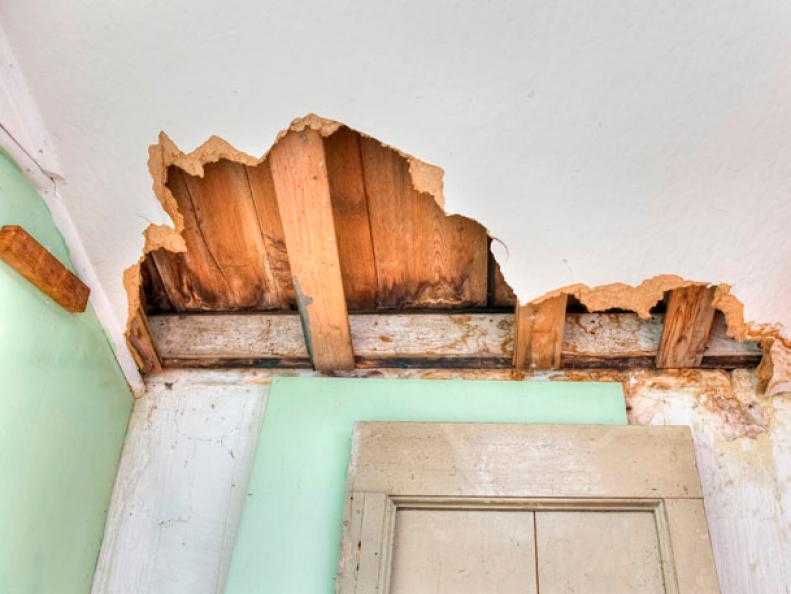1 / 16
Water Intrusion
Be on the lookout for signs of a water leak or condensation: water stains that get bigger over time, musty odors, continually damp carpet, or beads of water or puddles on hard surfaces. When you do have water damage, thoroughly clean and dry carpets and building materials within 24 hours if possible, and consider replacing waterlogged items to eliminate the risk of mold.
If you suspect a problem (or better yet, as preventive maintenance), hire professionals to inspect for damaged shingles and siding, poorly connected plumbing and leaky pipes, and other moisture problems, such as inadequate vapor barriers. Mitigate the issues as soon as possible.
If you suspect a problem (or better yet, as preventive maintenance), hire professionals to inspect for damaged shingles and siding, poorly connected plumbing and leaky pipes, and other moisture problems, such as inadequate vapor barriers. Mitigate the issues as soon as possible.









